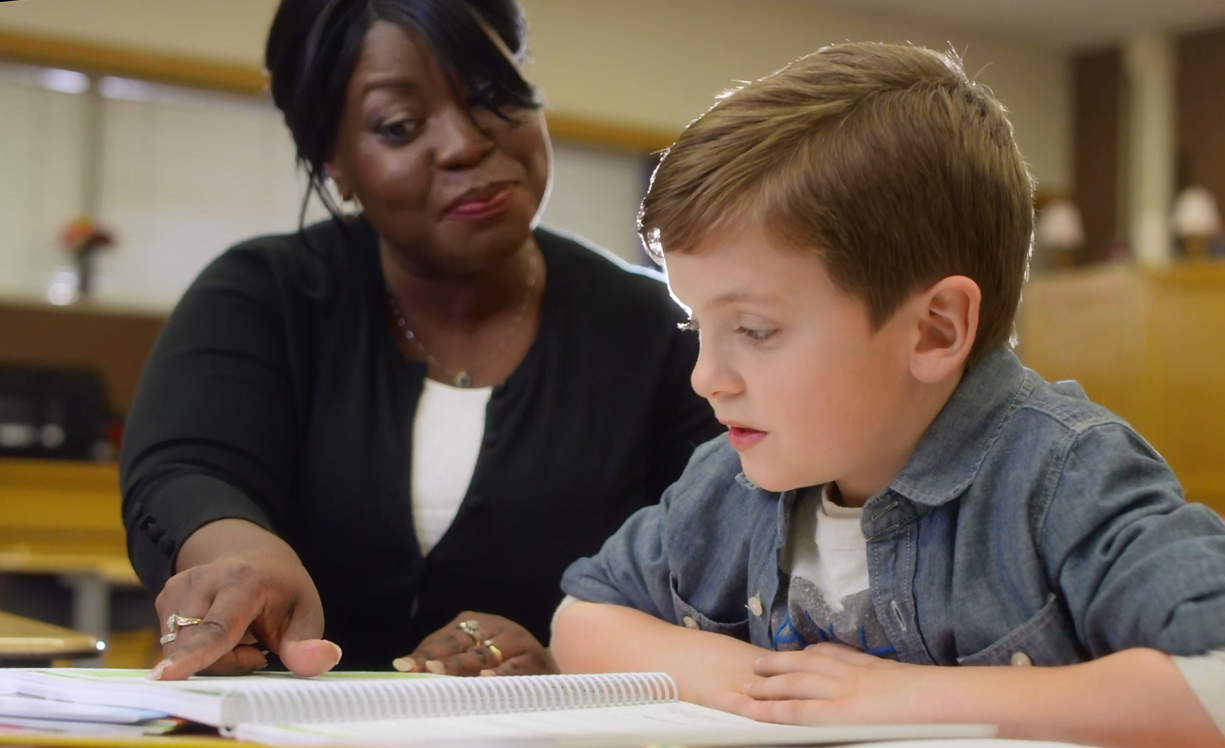Choosing the Right Reading Curriculum for Students in Special Education
In a recent webcast, education specialist Laura Axtell, M.Ed. Special Education discussed the challenges and needs of reading instruction in special education settings. She outlined what research has shown is the best type of reading curriculum for accomplishing the purpose of the Individuals with Disabilities Act (IDEA):
To ensure that all children with disabilities have available to them a free appropriate public education that emphasizes special education and related services designed to meet their unique needs and prepare them for further education, employment, and independent living;
To assess and ensure the effectiveness of efforts to educate children with disabilities.

Can every special education student learn to read?
When it comes to reading instruction in special education settings, it’s important to know that research has also proven that all but five percent of special education students CAN learn to read. But that doesn’t mean teaching a student with learning disabilities to read is simple. Reading is a complex skill.
What has research shown to be most effective for teaching reading to special education students?
Because reading is a complex skill, especially for students with learning disabilities, it’s crucial to choose a reading curriculum that matches what research has shown is most effective for helping these students learn to read. According to research, effective reading instruction for students with reading disabilities should accomplish the following:
- Correct students’ phonological awareness and teach phonemic awareness to the advanced level
- Provide phonic decoding instruction and reinforcement
- Provide ample opportunities to apply these developing skills to reading connected text
Foundational word recognition skills must come first—these skills need to become automatic to free up a student’s cognitive resources for higher-level reading skills.
This type of research-based reading instruction has been coined “structured literacy;” it includes explicit, systematic, sequential, and diagnostic reading instruction. To further elaborate on what this instruction should look like in the classroom, the International Dyslexia Association provides the following definitions:
- Explicit instruction means that teachers model each skill and provide examples; students are not left to put the pieces together on their own simply from exposure or incidental learning.
- Systematic and sequential means that there is a deliberate sequence of instruction, with pre-requisite skills taught before more advanced skills, sequenced in a way that avoids causing student confusion.
- Diagnostic provides that students are given plenty of opportunities to respond and practice, and teachers give clear, prompt, and constructive feedback to correct errors.
How can I know if my reading curriculum is effective for our special education students?
Former reading specialist, and the Chief Education Officer for Reading Horizons, Stacy Hurst, provided this litmus test for determining the effectiveness of reading instruction in tiers I, II, and III: has the number of student referrals to SPED decreased? When working as a reading specialist, she found that when she used the same research-based instruction in all three tiers, her school showed the most improvement in reading and decreased the number of students referred to SPED.
This litmus test can also be a good gauge for your current reading curriculum: have your special education referrals dropped? Has it been implemented in all three tiers? Or do you need to change your reading curriculum to reach more of your special education students and to lower referral rates?
Watch the entire webinar, A Case Study Where 50% of Special Education Students Moved To General Ed.
Learn how Reading Horizons helps special education teachers implement a structured literacy approach in its elementary reading program and reading intervention curriculum.